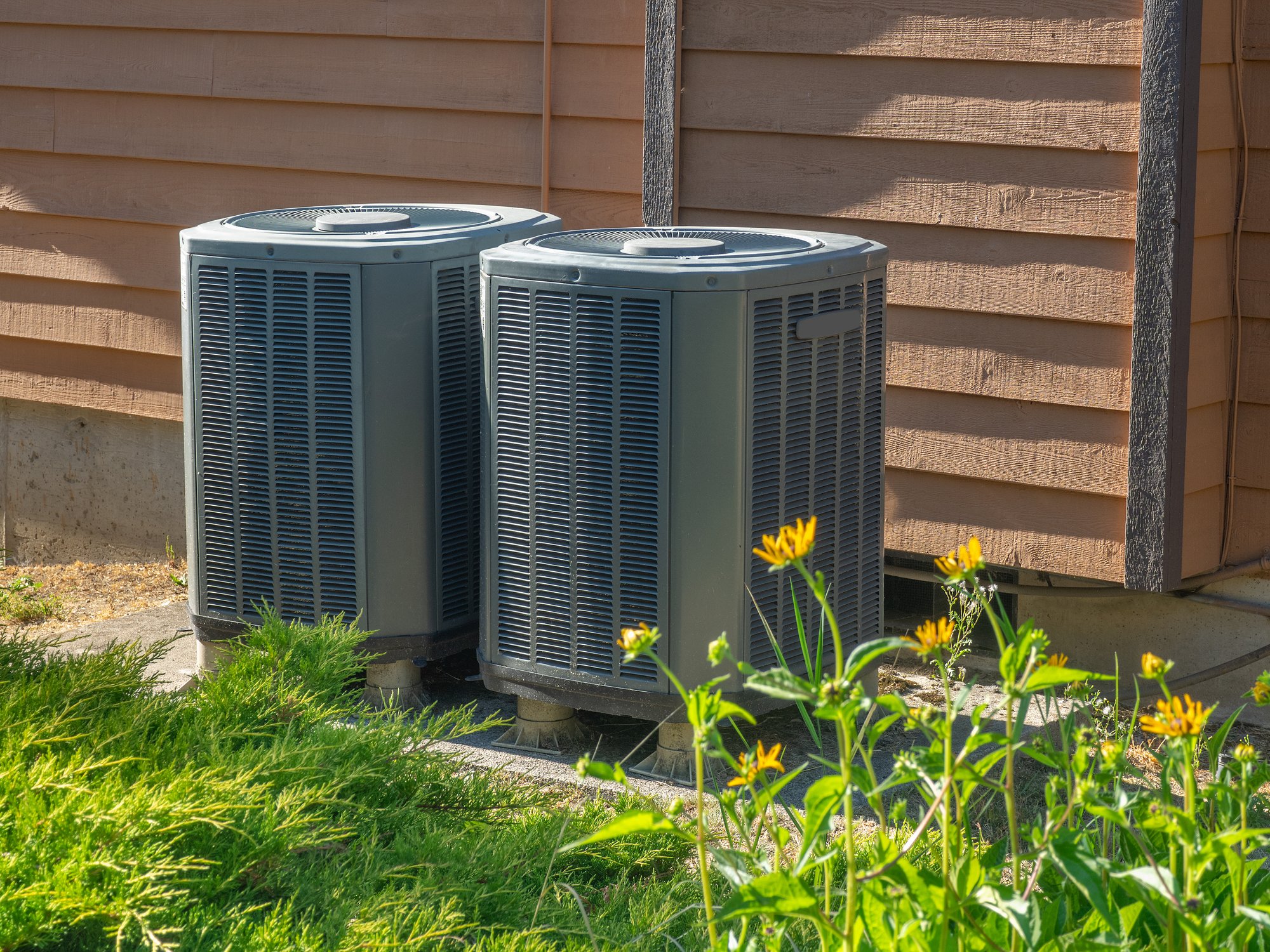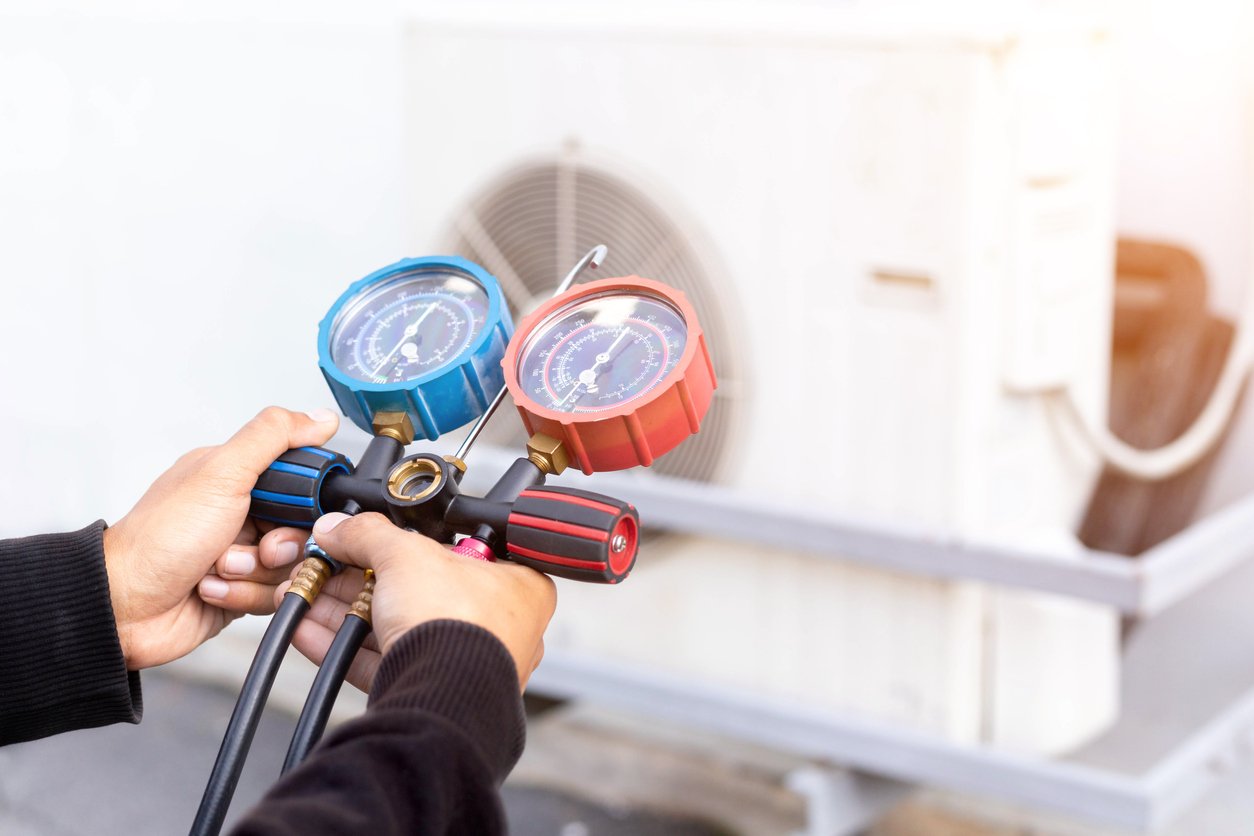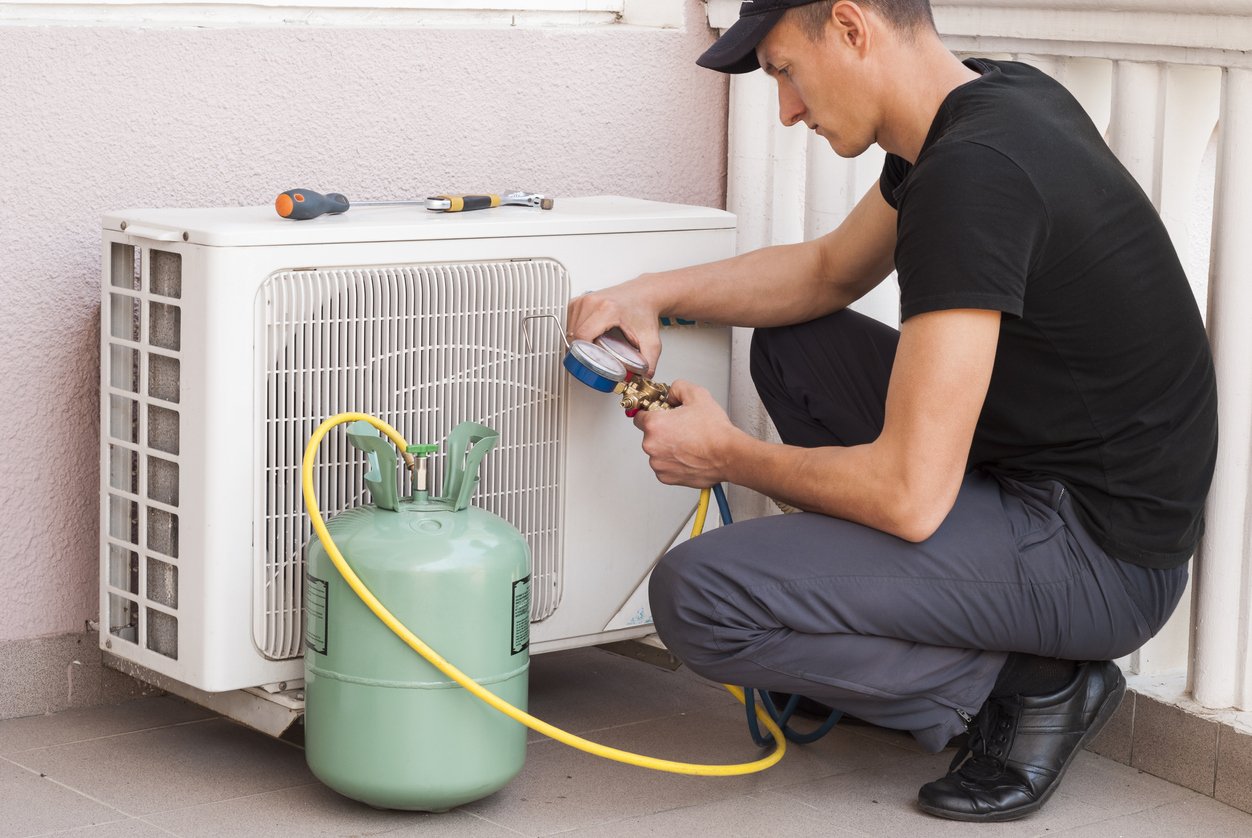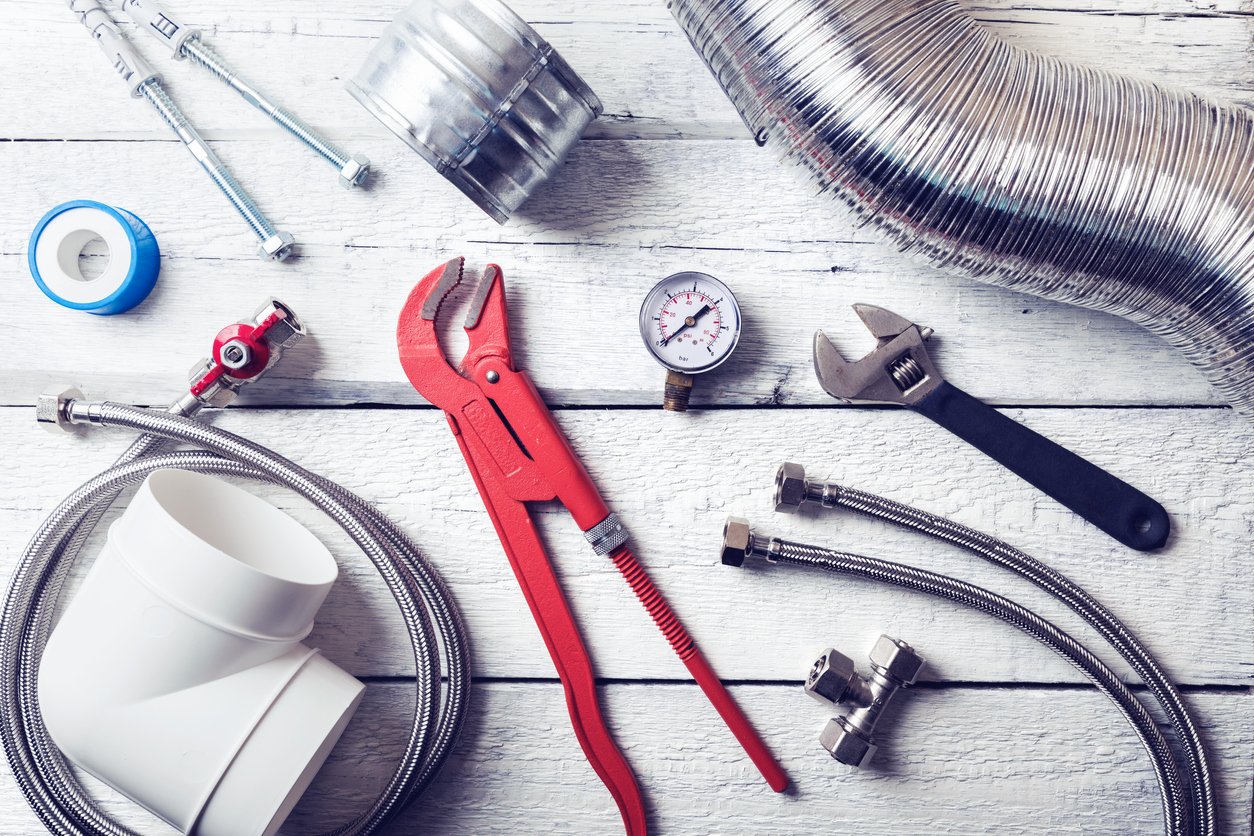Get the most savings when replacing your heating and air conditioning system with Air Assurance.
WHAT DOES A FREE FURNACE REALLY COST?
Many Tulsa HVAC companies will advertise deals for a free furnace when you purchase and install a new air conditioning unit. Sounds like a great deal, right? On the surface, it seems like you’ll save a boatload of cash. But when you really get down to the details of the deal, you may end up spending more money in the long run on that “free” furnace. When something sounds too good to be true, it usually is.
Save more than a Free Furnace with Air Assurance
When it’s time to replace your heating and air conditioning system, getting the most savings can be an important factor. But how does a free furnace promotion really work? Here is how it works, when you purchase a qualifying air conditioning system, and qualifying thermostat you get a set dollar amount off to go toward the furnace. It’s more like an instant rebate!
So, when saving money, and maximizing your utility rebate potential, and getting better quality comfort, installation and service matter to you, then Air Assurance is your company. Maybe it’s not time to replace your current heating and air conditioning system, no problem, we provide maintenance and service for all makes and models including Trane, Lennox, Goodman, Carrier, American Standard and more!
We operate differently, because we want you to get the best value for your money — not just the appearance of a better price up front. We guarantee our products and our work, so you don’t have to worry about throwing money away down the road on something you’ve already paid for. We also offer state-of-the-art equipment, so you’re going to save money over the life of your furnace by saving on future repairs and your monthly energy costs. Free Furnace Promotion.



















